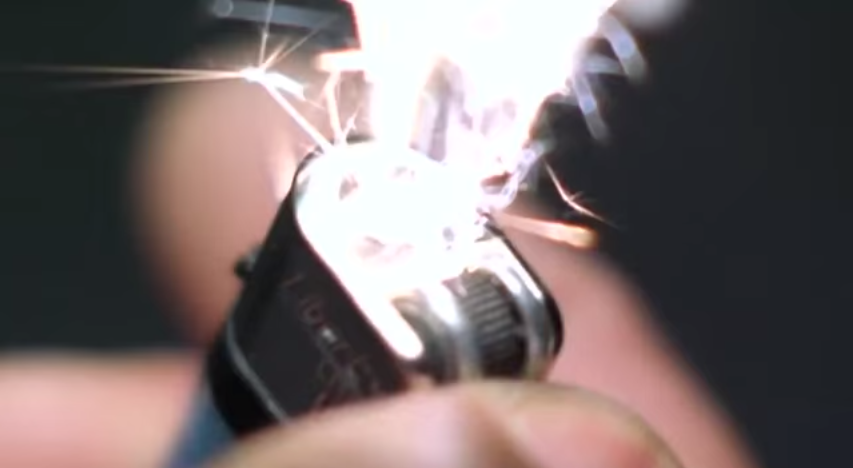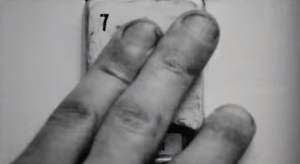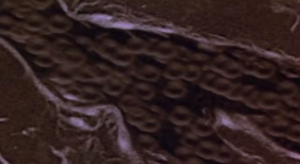In my previous post about close-up concealment where I analysed the opening scene in Besson’s Léon: The Professional, I mentioned that I’d been sitting on a film idea quite similar to that scene. I want to shoot a single conversation scene entirely in extreme close ups. This idea was originally inspired by Darren Aronofsky’s signature style of quick-cut ECU montages.
Aronofsky usually enlists the help of the brilliant Matthew Libatique (DP) to achieve these mesmerising images.
There’s something about these montages. They’re sensation-oriented. Everything works on an intensified level. Extreme close ups catapult the audience into dramatic intimacy. Movement within the frame is amplified. Movement of the frame is amplified (although Aronofsky usually opts for a static frame with extreme close ups). Then, of course, there is movement between shots – extremely rapid cuts from shot to shot. Many of these shots last no more than a quarter of a second. For example, a shot instantly erupts with colour and form and movement of flame as a lighter is clicked. As quickly as all of this happens, the shot disappears and is replaced with another.

In fact, these shots are so close up and transient that they abstract form from normal objects. A thumb is isolated into a strange, obscure shape – well, at least until it performs an identifying action (like clicking a lighter to make flame appear). The sound design is equally quick and close. Movements are stamped by exotic sound effects that are as narrowly-focused and fleeting as the visuals. For example, a bizarre, harsh, machine-like buzz sound accompanies the visual action of a pupil dilating rapidly. When these shots are cut successively, they only allow the audience to derive immediate sensory impressions.
Besides their collective effect, each individual shot is glorious. The lighting within each image is intense and stunning. The performance is purposeful and sharply-timed. The framing is crisp and beautiful. Each ECU shot is honed to surrealistic perfection. Each individual sound is also refined to perfection – exotic and crisp and loud and focused – before it is implemented to precisely accent a visual movement. A tiny movement becomes a grand performance. Everything is glorified. Everything is dramatic. Everything is attractive.





We are captivated by the beauty and drama in these shots and sounds and by their collective pulsing rhythm. It’s a sensational work of vicious fragmentation. Immersive. Hypnotising. Affective. Visceral. These montages may conceal the larger picture, but they reveal so much more about what is happening – specifically with the characters – than anything else could afford. They translate impulse impression to the audience – reflex-like, basal feeling that helps them empathise and identify with certain characters.
This video combines and mixes a variety of Aronofsky’s quick-cut ECU montages. It should be noted, however, that Aronofsky usually uses short montages to momentarily punctuate a scene.
I actually made a Korsakow film in second year that was originally inspired by Aronofsky’s quick-cut ECU montage. It commented on banal activities of everyday life, likening ‘normal’ experiences and mundane habits and behaviours to more extreme addictions by isolating their common qualities of rush, intimacy, and fragmentation.